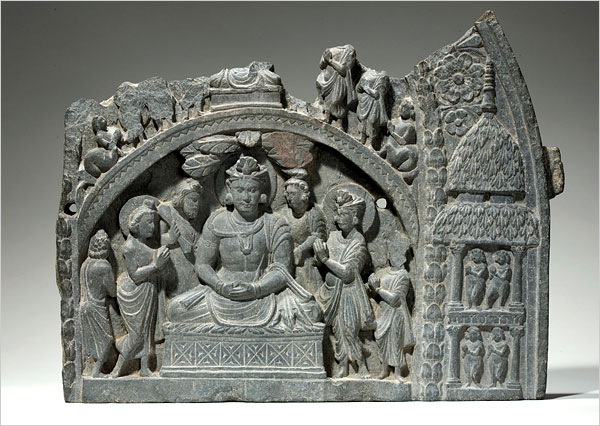Shinzen Young has enjoyed a lifelong interest in Asian language, culture, and philosophy. Fascinated by a samurai movie when he was a kid, he started learning Japanese and enrolled in an alternative Japanese-American school in Los Angeles. When he learned that Japan was influenced by China, he learned to speak Chinese. When he learned of the impact India had on China through Buddhism, he learned Sanskrit. In 1968 he entered a Buddhist studies doctoral program at the University of Wisconsin. Three years later he was ordained as a Buddhist monk at Mount Koya, Japan. He later encountered Vipassana and also sat Zen in America at the Mt. Baldy Zen Center in Southern California with Joshu Sasaki Roshi. Shinzen has been conducting meditation retreats throughout North America for over 20 years.
Central to Shinzen’s interests is the merger of Eastern meditation with Western science. In recognition of his contributions to this field, the Institute of Transpersonal Psychology recently awarded him an honorary doctorate.
He teaches an astute style of Vipassana meditation. Astute in how he teaches working with the geography of the mind. He refers to three objective factors or spaces including what you see, what you hear, and what you feel as physical sensations in the body. The three subjective spaces include thoughts or “talk,” emotions or “feel,” and images. The mind will typically be engaged with one of these mind spaces, either exclusively or in combination with one another. He works with students interactively and uses his background in mathematics and physics to guide students with moment-by-moment decision trees. These decision trees are being developed into an interactive computer-based program. Shinzen is a mindfulness innovator and leverages upaya (“skillful means”) through his teaching style, making the teachings accessible to people through modern technology, computer-based algorithms, and innovatively using music on iPods to teach mindfulness to inner city kids.
To help reach people who cannot afford the time or expense to travel to retreats, Shinzen offers phone-based weekend “mini-retreats.” Here is what Shinzen has to say about the purpose of these distance programs, “Many people experience immediate positive effects from Mindfulness, but its real power to foster broad and deep psycho-spiritual transformation only becomes evident through ongoing practice. The problem is that most people are not able to get away on a regular basis to do extended retreats. Without regular retreats it is usually difficult to realize the exponential growth potential of the practice. Family and work responsibilities, the expenses involved and the travel required prevent the vast majority of those ready to take on a regular practice from doing so.”
Shinzen is the author of Breakthrough Pain: How to Relieve Pain Using Powerful Meditation Techniques that helps people “turn abject suffering into spiritual purification,” and the Audio CD, The Beginner’s Guide to Meditation. He maintains two websites Shinzen.org and Basic Mindfulness. You can also watch Shinzen videos on his YouTube channel Expand Contract and interviews on YouTube Channel Shinzen Interviews.
“If I were forced to give a short description (of enlightenment), I would say it is knowing for sure there never has been a thing inside you called self. Enlightenment is not a peak experience. It’s a permanent shift in paradigm that deepens day by day.”

